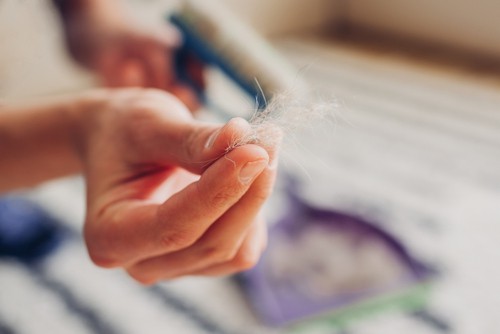
The Benefits of Carpet Flooring for Allergies and Asthma Sufferers. If you have allergies, you already know you need to be vigilant about your health. You watch everything around you with a wary eye and are careful about what you buy. Allergies can cause respiratory distress and other unpleasant symptoms. So, you’ll need to select home furnishings that won’t irritate your symptoms.
People who have asthma have similar challenges. Triggers that ignite asthma symptoms and allergies are not easily visible, so they may be hard to recognize or eliminate.
Table of Contents
Are Carpets The Cause Of My Allergies or Asthma?
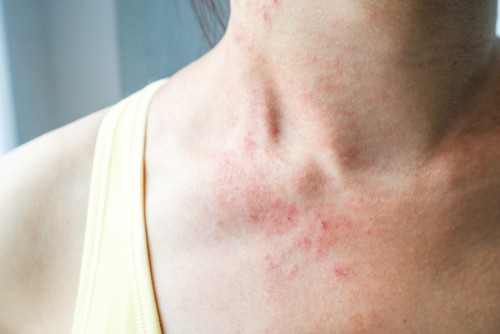
One of the many household items that can trigger symptoms in people with allergies or asthma is carpeting. Dust mites and other allergens can often crawl into and live in carpet fibers. Dust mites are frequently a problem for people with allergies. It’s also possible for dust to be tracked into your home and build up in the carpet fibers.
Another possible problem for allergy sufferers is mold. Carpet fibers often allow mold to grow and be distributed through the air. Mold can cause severe respiratory infections.
But many types of modern carpet flooring have been treated with chemicals to reduce allergy symptoms. These chemicals make it impossible for dust mites to live in carpets. These carpets also prevent dust buildup, which can cause difficulties for people with asthma. The substances also reduce the possibility of mold growth.
Other types of carpets are made of fibers that automatically resist allergens. When people with allergies choose these carpets, they can ensure their allergies will be less problematic. Knowledge is power, and protecting your health is essential. Read on – Carpet Flooring For Allergies And Asthma Sufferers:
Best choices of carpet flooring for asthma or allergy sufferers:
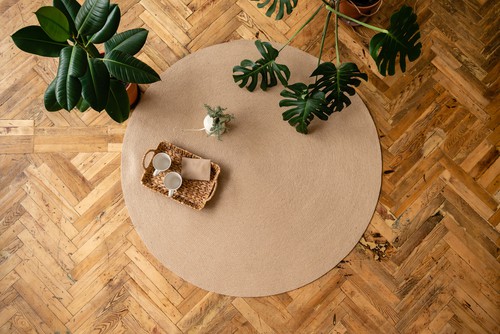
Polypropylene Rugs
One of the safest options for people with allergies to choose from is polypropylene rugs. These carpets are designed so allergens will be repelled and so mold cannot grow.
Polypropylene rugs are also preferable for asthmatics and those with allergies because they have a low pile. (Pile is the height of the rug fiber.) Soft pile rugs are not shaggy, which means less potential for loose carpet threads. (Loose threads can irritate those who have sensitive noses.)
Nylon Rugs
Rug fibers made of nylon do not permit mold growth. They also cause any trapped pollen to dry out. When dry, the pollen won’t be in the air you inhale.
Wool Area Rugs
The natural fibers of wool rugs can trap allergens – so they won’t be in the air you breathe. Wool is naturally non-allergenic, so dust mites and bacteria can’t grow on it. The thread also can absorb moisture. If the yarn is dry, this prevents the growth of mold.
Sisal Area Rugs
Sisal fibers also produce low-pile rugs. This makes them an ideal choice for a hypoallergenic carpet. Sisal rugs are very tightly woven – so they will have minimal shedding. Since wet products can’t do clean sisal, they won’t grow mold. Keep your sisal rug clean and dry, and you will not fear allergens.
Jute Area Rugs
Jute will naturally repel dust – and, by extension – dust mites. Since jute’s natural fibers are thin, they also have less possibility of shedding.
Grass Area Rugs
The grass is another natural fiber used for rugs. They are, therefore, unlikely to unravel or shed. This tendency is also found in rugs made from hemp or seagrass. While grass rugs provide this protection for free, they have a wide weave. This means they don’t cleanse the air, as well as polypropylene, wool, sisal, hemp, or jute rugs.
Although some people prefer the feeling of long pile carpets, they are not ideal for people with allergies.
There are other factors to consider when selecting a carpet.
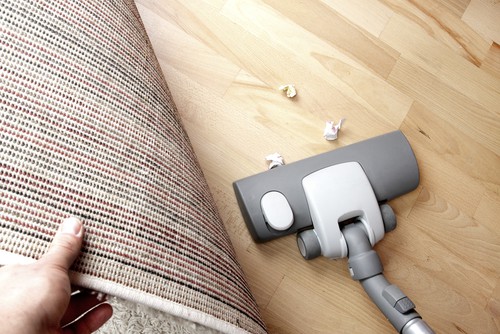
VOC Level
VOCs are chemicals like formaldehyde and benzene, sometimes used to treat carpets. These chemicals can be released into TV air and cause allergies or other breathing problems. Labels of rugs should list the VOC level; look for a low level to avoid problems. Ask the salesperson for advice if the title doesn’t mention the VOC level.
What’s Under the Carpet?
The material underneath the carpet can also cause breathing problems. The most common carpet “underlay” materials include cork, foam, or rubber. Natural fibers are a good choice for a carpet- because of their absorbent properties. But natural fibers aren’t suitable when used in the underlay. This is because the moisture they can trap can’t be released- so it will cause mold.
Keeping your area rugs clean is crucial. Please follow through with carpet cleaning regularly, regardless of which type of fiber your rug is made from. Follow the manufacturer’s instructions on how to clean every kind of rug.
For example, if you have a sisal rug, you cannot clean it with anything wet. You’ll need to vacuum them frequently to eliminate the allergens trapped inside their fibers. If you have a sisal rug inside your home, it’s a good idea to get a coarse doormat. This will allow most potential dirt to be scraped off before it enters your home.
If you have seagrass or another natural rug, you might be surprised to see it sprout. This is a regular occurrence with natural fibers. These sprouts can be removed with scissors. Don’t be afraid to cut them off because your rugs have two layers of backing to keep their appearance intact.
Carpet Flooring For Allergies And Asthma Sufferers – Conclusion
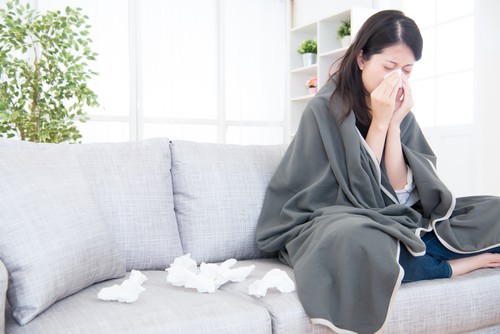
As you can see, your choice of rug is critical if you have allergies or asthma. However, there are other things you can do to improve the air quality in your home. One easy guideline to adopt is to clean up spills as soon as they happen. If spills don’t dry on your floors or rugs, they won’t have the potential to collect germs or allergens.
Another straightforward way to prevent allergies is to wash your hands frequently after cleaning, playing on the rug, or before and after preparing food, wash your hands. These guidelines will help you choose measures to reduce your allergy or asthma attack risk.




